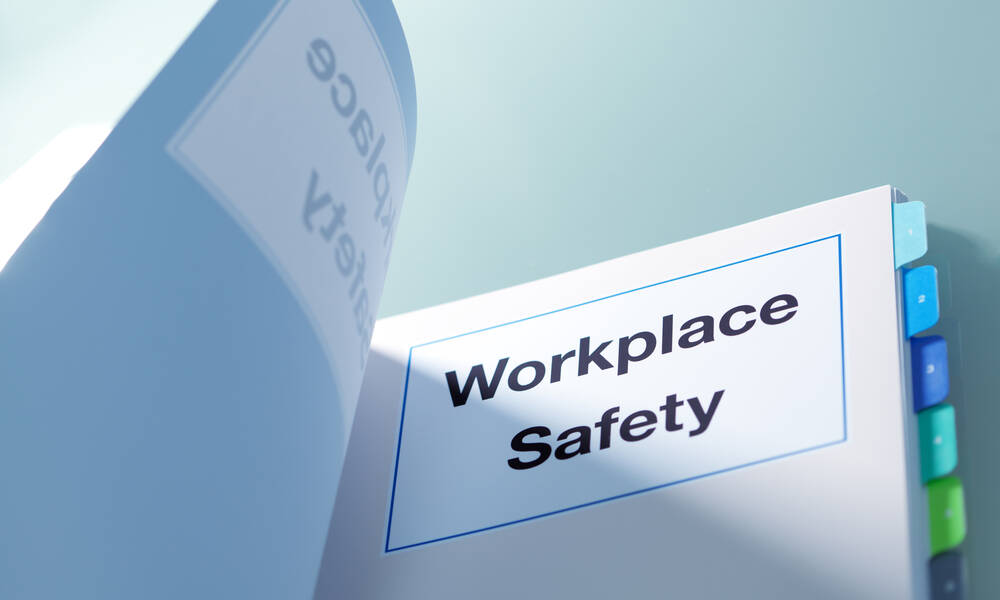
Empower Your Team to Stay Safe from Workplace Violence
No association wants to imagine a scenario where its staff are threatened by violence, but it’s important to be prepared. A good plan gives employees options for protecting themselves and trains them to act decisively in a crisis.
Safety and security are top of mind for all of your employees. And while statistics show that workplace violence is rare, it is still important for associations to consider this potential danger and create policies to help keep staff safe, according to security expert John Whitney IV, CEO of Emergency Concierge International.
“It doesn’t have to be fearful,” Whitney said at ASAE’s Associations @ Work Business Conference last week. “It doesn’t have to be ‘Chicken Little, the sky is falling.’ It can be a realistic conversation of, ‘Hey, if this happened, how are we going to respond?’”
Part of that preparation is for all staff to receive training that will help them optimize their chances of survival. While most active shooter trainings suggest people run, hide, and fight, Whitney emphasizes the first option. “What I would propose to you is run, run, run, run, run, run, run, hide, and fight,” he said. “Whatever it takes to get farther away from the shooter is the key.”
Because getting away from the shooter increases odds of survival, Whitney said organizations should avoid rigid policies, such as lockdowns, and instead allow employees to exercise options that make sense for their safety in the moment. This is particularly important if the shooter is an internal threat, such as a disgruntled employee.
“If [the plan] says, ‘We are all going into conference room A, locking the door, barricading it, and waiting for the police to arrive,’ then what do I do as your internal threat? I go fire a shot in the lobby, run right to conference room A, and just say, ‘Come to me,’” Whitney said. “We promote options-based decision making. Have lockdown as a potential solution. You have to be able to adapt that thought process, not just get hunkered into the policy. This is time for you to self-protect.”
An important facet of self-protection is the warrior mindset. “It’s a mental commitment to success, along with decisiveness,” he said. “You commit to not being a victim. You commit that, no matter what happens, ‘I will survive this event.’ We have to get out of that passive mindset of ‘I’m going to sit and wait for someone else to come solve my problem.’”
An active shooter drill is a way to immerse your staff in that warrior mindset. But, according to Whitney, it needs to go beyond the standard “run, fight, hide” and allow them to walk through the actual steps they’ll take: “My initial action is, I’m going to bail out to the hallway exit, but I’m grabbing my stapler as a weapon. It’s going through those little details,” he said.
One important detail is acting quickly, which people often don’t do. “You hear a gunshot [nearby], and your mind will want one additional sensory clue to get you to act. So, I want to see someone running by,” Whitney said, noting that many people initially think gunshots are fireworks. “How often have you been in your workplace and heard fireworks go off? We try to get folks to ditch that secondary sensory notification. Just commit to action. Bail out the doors. If you come back and it was nothing, at least you are alive and can joke about it.”
While staff need options when fleeing a crisis, organizations should have a well-developed crisis communications plan. “Have a defined strategy about how you are going to communicate to your membership, to your employees, and to the public if something were to happen,” Whitney said. “You don’t want to try to figure all this stuff out on the back end.”
And remember that if your organization does experience a violent incident, new work begins once it’s over. “That [includes] recovery, crisis communication, return to normalcy, business continuity, [and] reputation management,” Whitney said.
In addition, post-crisis planning should include a critical incident stress debriefing, a process to help traumatized people. “Everybody is going to be in a very troubled state,” Whitney said. “What does post-incident emotional, behavioral, and mental well-being look like for personnel at your office?”
Whitney added that when reviewing active shooter plans, associations should also look at plans for other workplace emergencies.
“John has a heart attack; how do we respond internally from a medical standpoint? Who is going to escort the ambulance in?” he said. “Have a comprehensive plan that addresses not only workplace violence, but the myriad other events that can occur from an emergency or a safety and security standpoint.”
What measures has your association taken to ensure staff safety? Tell us in the comments.
(YinYang/iStock/Getty Images Plus)






Comments